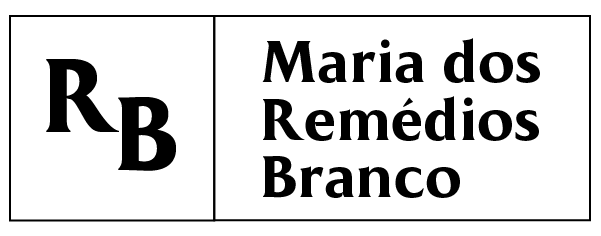Abstract
Waterborne outbreaks of human toxoplasmosis can have great magnitude due to the number of persons infected while smaller-scale outbreaks are also possible.
This is a study based on a historical database investigating a toxoplasmosis outbreak occurred in 2006 in a residential community in São Luís, in the Brazilian state of Maranhão.
Ninety of the 110 residents, employees and domestic helping persons had blood samples collected and tested. The diagnosis of toxoplasmosis was established by quantification of anti-Toxoplasma gondii immunoglobulin M and immunoglobulin G antibodies using enzyme immunoassay.
The subjects were classified as past infection, acute/recent infection or seronegatives. The definition of acute infection was based on the presence of indicative symptoms and immunoglobulin M positivity. There were 33 cases of acute infection.
The outbreak was concluded to be waterborne: consumption of faucet-mount filtered water was indicated as risk factor. We discuss the challenges of investigating waterborne toxoplasmosis outbreaks.

